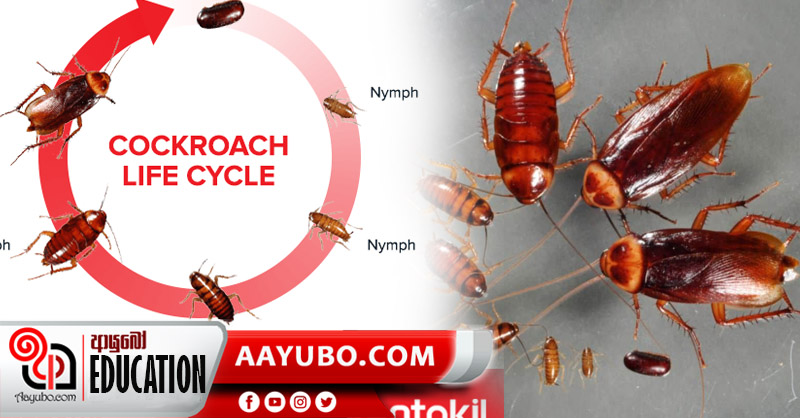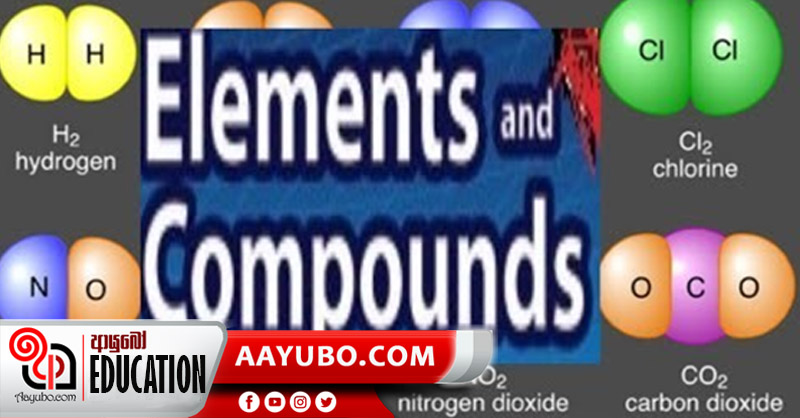Grade 8 Geography : Uniqueness of the Earth - Part 1

Dear Children, we gained several insights in to the solar system and its composition from the previous articles and this article is based on our home planet; Earth. This is the planet we live in and it is quite beautiful. We call it the blue planet as well and it is the only planet confirmed to support life in the universe. It is unique in several ways and it shields the living creatures from space and helps them to thrive.
Earth is the third planet from the sun at a distance of 150 million kilometers. It is the fifth largest planet among the eight planets of the solar system and it is the largest terrestrial planet. It is the only planet that is identified to have liquid water on its surface and it has enabled the planet to harbor life on it. It has the highest density and an equatorial diameter of 12756 km. The polar diameter of the earth is said to be 12714 km and it possess a surface area of 510 million square kilometers.
Although it is often called a sphere, it cannot be considered as a complete sphere, because it seems to be bulged at its equator. This slight bulge is said to be an outcome of its rotational forces. We know that the earth’s axis is tilted at an angle of 23.5 0 degrees. It takes 23 hours and 56 minutes to complete one rotation around its own axis and we call it an earth day. The earth’s rotation takes place at a speed of 11.2 kilometers per second. Earth also orbits the sun and we call it the revolution of the earth. It revolves around the sun at a speed of 29.8 kilometers per second and takes 365 days and 6 hours to complete one round. We call this time period as a year on earth.
by Mekhala Egodawele
Photo source : Internet
703 Views








Comments